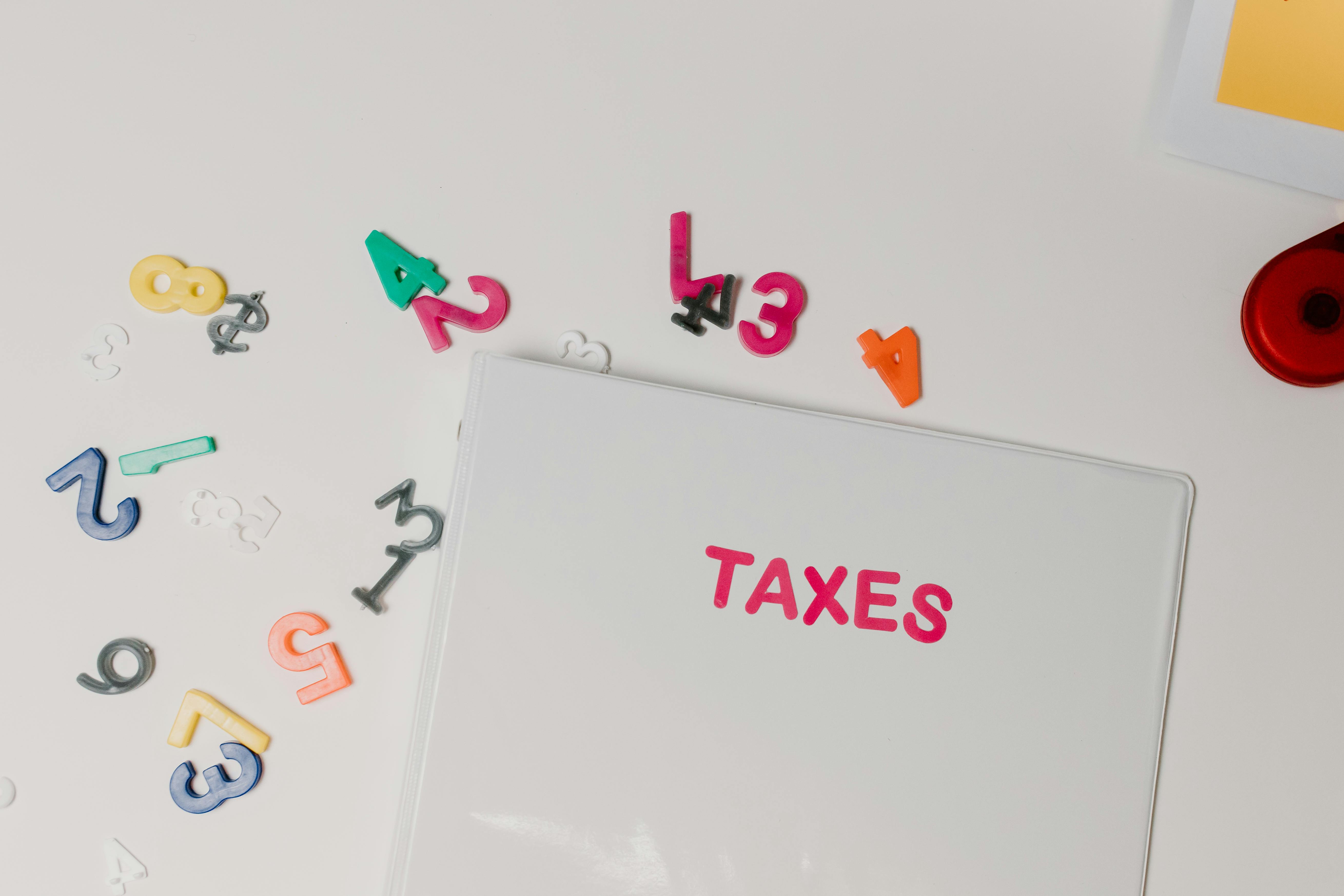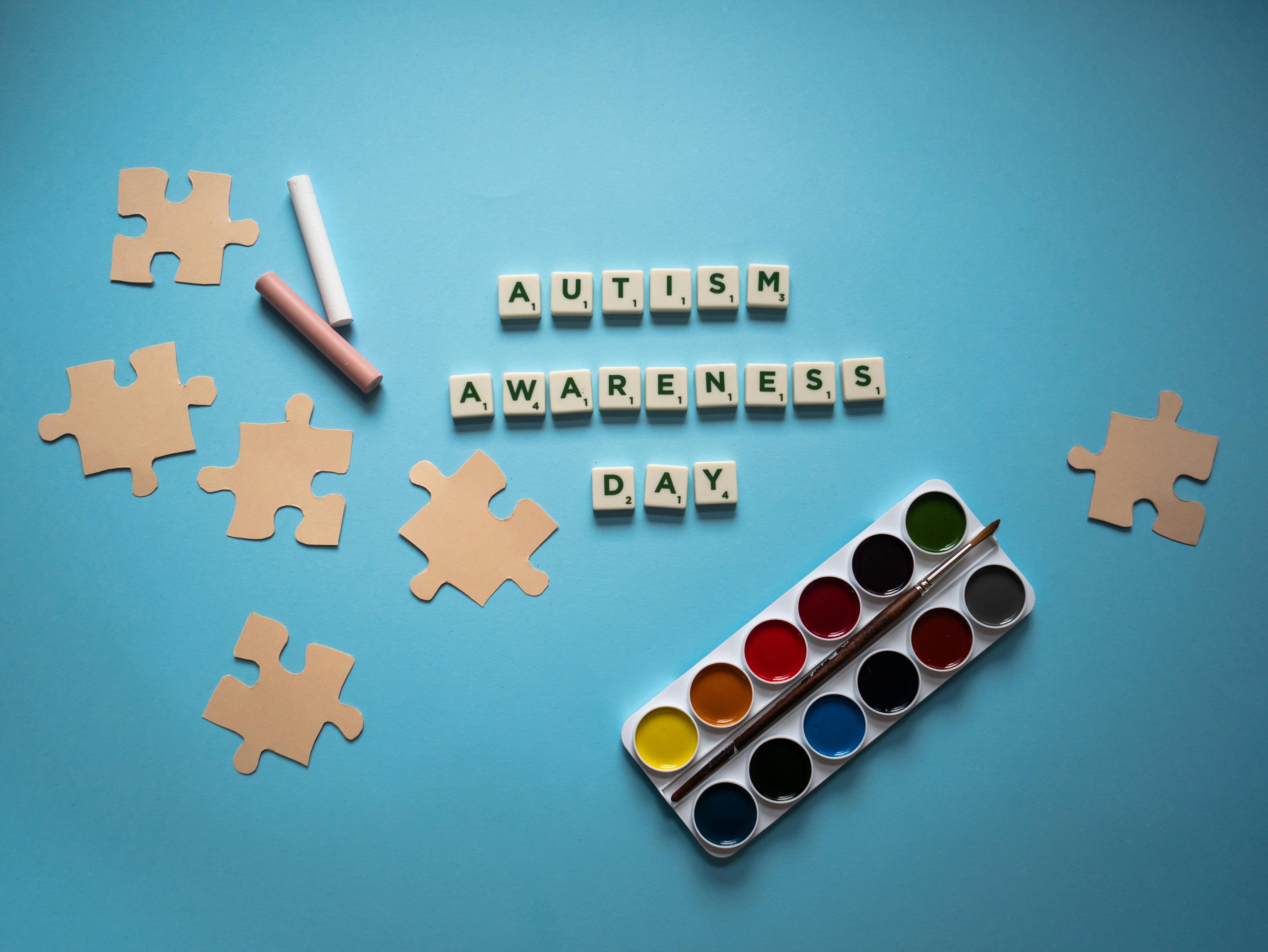Free File Folder Activities for Special Education Success
In today’s evolving classrooms, educators need accessible, effective resources that support diverse learning needs. File folder activities for special education free of cost have become powerful tools in fostering independence and reinforcing essential skills. This guide explores how to effectively use these resources and why they are transformative in special education environments.

Understanding the Fundamentals
File folder activities are self-contained, visual, and often interactive tools that aid in skill development for students with special needs. They typically consist of a manila folder with laminated pieces that allow students to match, sort, or sequence items based on academic or functional goals.
Originating from the need for structured, consistent learning opportunities, file folder tasks have become a staple in special education. Their simplicity and versatility make them ideal for individualized instruction and group learning alike.
1.1 Visual Structure and Routine
These activities provide a clear visual structure, which supports students who benefit from predictable learning routines. Visual instructions and repeated formats help reduce anxiety and increase task independence, particularly for students with autism or ADHD.
For example, sorting colored shapes into categories not only builds math readiness but also supports visual discrimination and fine motor development.
1.2 Versatility Across Subjects
Unlike single-use worksheets, file folder activities adapt across subjects—math, reading, life skills, and more. This adaptability makes them suitable for mixed-ability classrooms and IEP-based instruction.
Case in point: a matching activity might be repurposed from identifying sight words to sorting healthy and unhealthy foods, reinforcing multiple learning objectives over time.
Practical Implementation Guide
Now that we understand their importance, how do educators bring file folder activities into the classroom? Implementation involves careful planning, resource selection, and student-specific adaptations. Here’s how to do it effectively.

2.1 Actionable Steps
- Assess student needs: Start by identifying IEP goals or areas where students need reinforcement. Choose activities that align with those targets.
- Gather materials: Use free printable templates available online or create custom content. You’ll need folders, lamination, Velcro dots, and markers.
- Establish routines: Introduce the activity during centers or one-on-one time. Track progress and increase complexity gradually to maintain engagement.
2.2 Overcoming Challenges
Common obstacles include limited prep time, difficulty generalizing skills, and sustaining student interest. To counter these:
- Use color-coding for quick identification and sorting.
- Rotate activities weekly to prevent repetition fatigue.
- Pair with reinforcements like tokens or verbal praise to encourage participation.
Experts suggest starting with 1-2 new tasks per week and building a task library over time for sustainability.
Advanced Applications
Once foundational skills are established, file folder activities can evolve into more complex tools. Educators can integrate them with digital platforms or link them to vocational training modules for real-world application.

3.1 Data-Driven Differentiation
By tracking student responses to each task, educators can adapt file folder activities for precision teaching. Some schools use performance metrics like accuracy and time-to-completion to decide when to modify or replace tasks.
In one case study, a school used color-coded levels of task complexity and saw a 25% increase in student independence across three months.
3.2 Integration with Transition Planning
File folder activities can be customized to simulate job tasks, such as sorting mail or organizing tools, preparing students for supported employment. When linked with vocational assessments, they also support transition goals within IEPs.
Compatibility with career-readiness checklists and life skills curricula makes them ideal for middle and high school special education settings.
Future Outlook
The future of file folder activities for special education is likely to blend tactile learning with digital augmentation. Platforms like Boom Cards and Google Slides are already offering drag-and-drop versions of folder tasks.
Educators should stay informed about app integrations and 3D printing tools that allow for customized, low-cost production of folder activities at scale. Over the next five years, expect more inclusive designs and data-driven adaptations to dominate the space.
Conclusion
To summarize, file folder activities for special education free of cost are more than just simple tools—they’re gateways to student independence, academic reinforcement, and engagement. They promote skill mastery in a format that’s both fun and functional.
Start by building a small collection tailored to your students’ goals. Then, expand as you observe progress. These activities may seem small, but their impact is profound. Ready to transform your teaching with file folder power? Begin crafting your first folder today!
Frequently Asked Questions
- Q: What are file folder activities? File folder activities are self-contained educational tasks using a folder with matching or sorting pieces, ideal for hands-on special education learning.
- Q: How do I start using them? Begin by downloading free templates, laminating them, and introducing one or two per week based on student goals.
- Q: How long do they take to set up? Prep time varies, but with bulk printing and lamination, you can set up 10 activities in 2-3 hours total.
- Q: Are these activities expensive? Not at all! Many file folder activities for special education are free online. You’ll mostly invest time, not money.
- Q: How do they compare to worksheets? Unlike worksheets, folder tasks are reusable, visual, and interactive, making them more engaging for many students.
- Q: Are they hard to make? Not really. Basic materials include folders, Velcro, and printables. Many teachers use prep parties or paraprofessional support.
- Q: Can these be used in high school or adult programs? Absolutely! Adapt them with age-appropriate content, like job tasks or functional math, to suit older learners.

